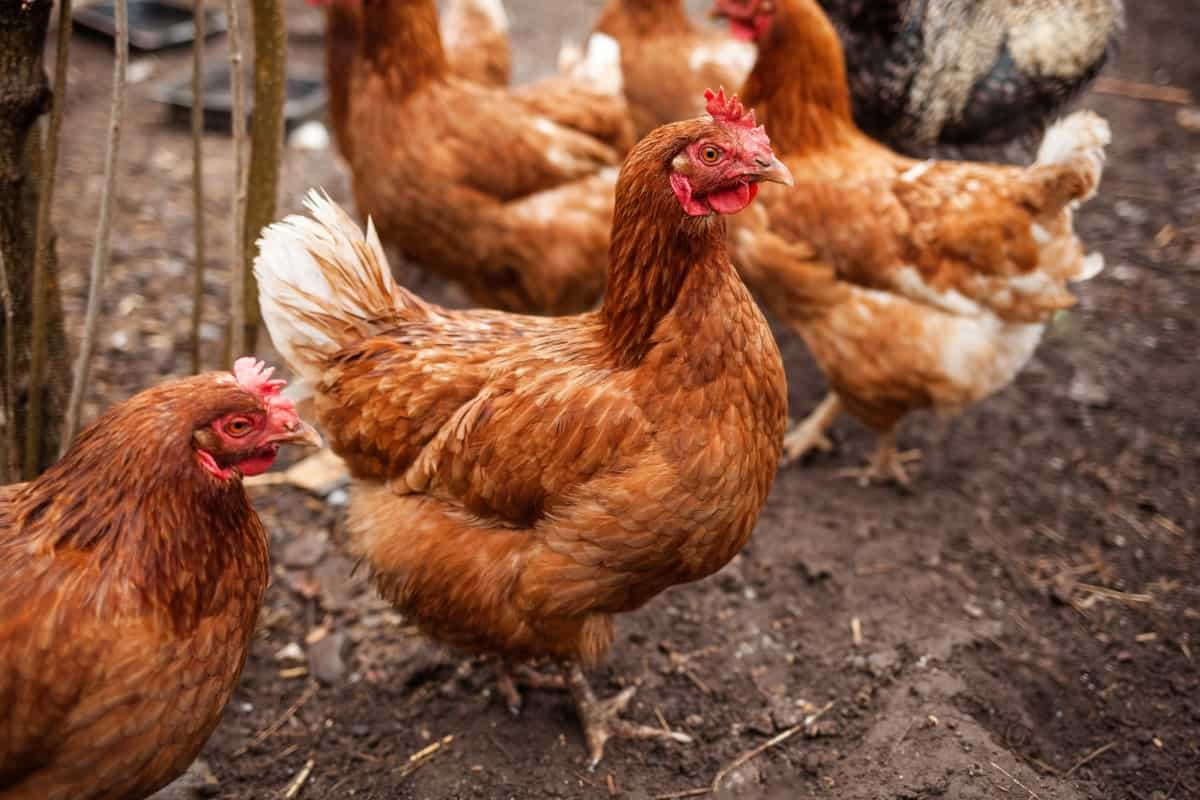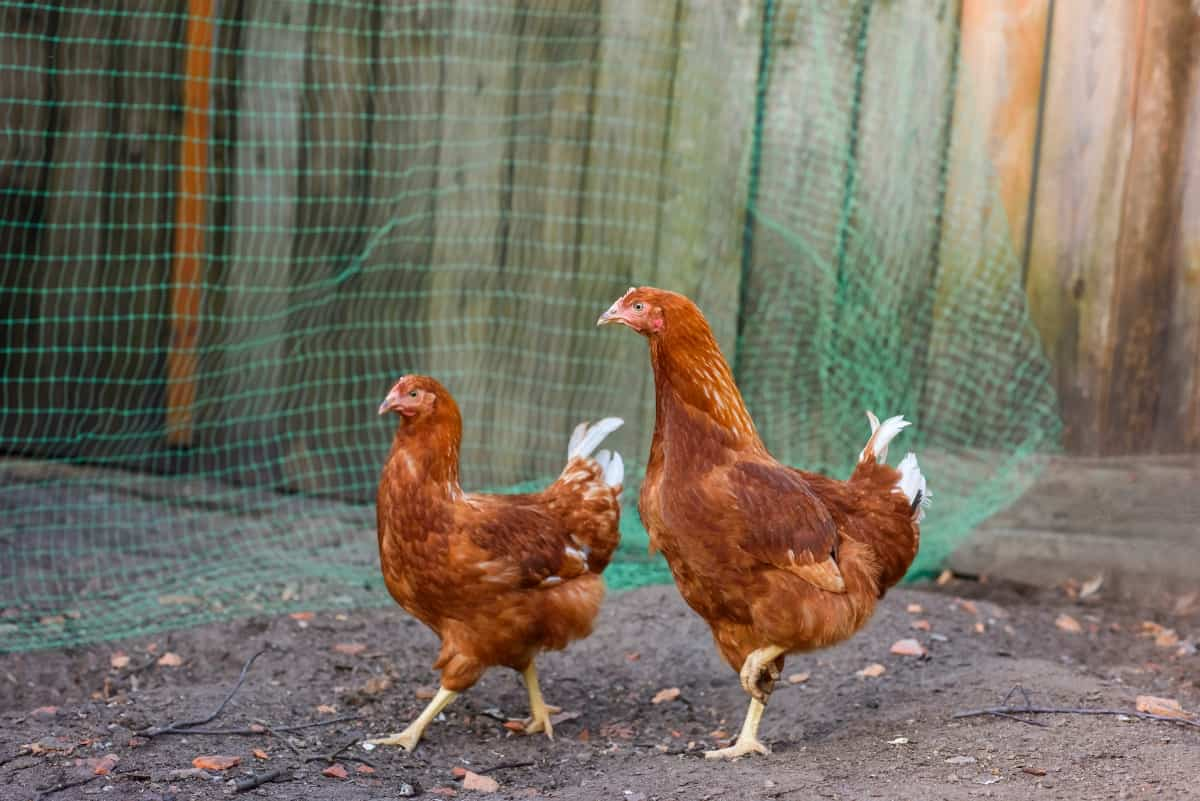Swarnadhara chicken, a breed renowned for its adaptability and productivity, has become a cornerstone of sustainable farming practices. Offering a unique blend of robust egg production, high-quality meat, and resilience, Swarnadhara chicken farming caters to both small-scale and commercial poultry enthusiasts. Raising Swarnadhara chickens is economically viable and environmentally friendly, providing a sustainable alternative to conventional poultry farming.
With an increasing demand for Swarnadhara chickens for sale, this breed has gained popularity for its numerous benefits, including its contribution to organic farming practices. The comprehensive Swarnadhara chicken farming guide encompasses breed profile, care, breeding techniques, and health management to ensure optimal growth and productivity.
Overview of the Breed
Swarnadhara chickens are distinguished by their versatility and efficiency in egg and meat production, making them a favored choice among poultry farmers. Their capacity to flourish in varied environments and rapid growth rate highlight their appropriateness for sustainable and organic Swarnadhara chicken farming methods.
Origin and History
Originating from India, Swarnadhara chickens were developed through selective breeding to enhance their adaptability to local climatic conditions and improve their productivity. This background contributes to their resilience and makes them well-suited for various farming environments, especially in regions aiming for sustainable poultry farming.
Importance in Sustainable Farming
Swarnadhara chicken is pivotal in sustainable farming due to its low maintenance requirements and minimal ecological footprint. Their adaptability to free-range farming and organic feed makes them an ideal choice for eco-conscious farmers looking to implement sustainable farming Swarnadhara chicken practices.
Swarnadhara Chicken Price
The price of Swarnadhara chickens can vary widely, generally ranging from $15 to $25 per bird, depending on factors such as age, breeding potential, and geographical location.

Breed Profile and Characteristics
Physical Description
Swarnadhara chickens boast a distinctive appearance and robust physique, typically weighing between 4 and 5 pounds. Their height, combined with their weight, gives them a sturdy and resilient build, ideal for both meat and egg production.
Temperament and Behavior
Known for their calm and docile temperament, Swarnadhara chickens are easy to manage, making them suitable for backyard poultry enthusiasts and commercial farmers. Their peaceful nature contributes to a harmonious coop environment, which is essential for optimal productivity.
Unique Features of Swarnadhara Chicken
Swarnadhara chickens possess several unique features, including their remarkable adaptability to various climates and resistance to common poultry diseases. These attributes make them valuable in efforts towards Swarnadhara chicken conservation and genetic management, ensuring the breed’s sustainability and longevity.
Advantages of Raising Swarnadhara Chickens
Economic Benefits
Raising Swarnadhara chickens offers significant economic benefits due to their dual-purpose nature, providing both high-quality meat and a steady supply of eggs. This versatility ensures a continuous income stream for farmers, enhancing the economic viability of Swarnadhara chicken farming.
Health and Nutritional Benefits
Swarnadhara chicken meat is known for its lean quality and high nutritional value, offering a healthier alternative to other breeds. Additionally, their eggs are rich in essential nutrients, making Swarnadhara chickens a valuable addition to a balanced diet.
Environmental Impact
The minimal environmental impact of Swarnadhara chicken farming is a testament to the breed’s suitability for sustainable agricultural practices. Their ability to thrive on organic feed and contribute to natural pest control underscores their role in promoting ecological balance.
In case you missed it: Bianca di Saluzzo Chicken: Breed Profile, Raising Facts, and Care

Farming Practices for Swarnadhara Chickens
Setting Up Your Farm
Setting up a farm for Swarnadhara chickens involves carefully planning and considering their specific needs, including appropriate shelter, space, and nutrition. Incorporating sustainable practices from the outset, such as organic feed and free-range housing, sets the foundation for a successful and eco-friendly poultry farm.
Space Requirements
Swarnadhara chickens require ample space to roam and forage, with recommended space allocations ranging from 8 to 10 square feet per bird in the coop and larger areas in outdoor runs. This space ensures their physical and mental health, contributing to higher productivity.
Feeding and Nutrition
The best feed for Swarnadhara chickens includes a balanced mix of grains, greens, and protein sources, catering to their nutritional needs for optimal growth and egg production. Adhering to a feeding schedule and practices that mimic their natural dietary habits enhances their health and productivity.
Types of Feed
Incorporating various feed types, including pellets, grains, and fresh produce, ensures that Swarnadhara chickens receive a comprehensive diet rich in essential nutrients. Organic and non-GMO feed options further align with sustainable farming practices.
Breeding Swarnadhara Chickens
Selecting Breeding Stock
Careful selection of breeding stock is essential for maintaining the genetic purity and health of Swarnadhara chickens. Choosing birds with desirable traits, such as strong egg-laying capacity and good meat quality, ensures the perpetuation of these characteristics in future generations.
Breeding Techniques
Employing effective Swarnadhara chicken breeding techniques, including controlled mating and monitoring of genetic diversity, helps prevent inbreeding and promotes the overall health and vigor of the flock, contributing to the sustainability of the breed.
Managing the Breeding Cycle
Understanding and managing the breeding cycle of Swarnadhara chickens, from mating to hatching, is crucial for successful reproduction. This includes providing optimal conditions for egg incubation and chick development, ensuring a healthy and productive new generation.
Health Care and Management
Common Health Issues and Prevention
Swarnadhara chicken health management prevents common health issues like respiratory infections and parasitic infestations. Implementing biosecurity measures, regular health checks, and maintaining clean living conditions are key strategies for disease prevention.
Vaccination and Health Checks
Regular vaccination and health checks are vital components of Swarnadhara chicken care, safeguarding the flock against prevalent poultry diseases and ensuring early detection and treatment of any health concerns, enhancing their longevity and productivity.
Parasite Control
Effective parasite control measures, including routine deworming and hygiene in the coop and surrounding areas, protect Swarnadhara chickens from harmful parasites that can affect their health and reduce their egg-laying and meat production capabilities.
In case you missed it: Vanaraja Chicken Breed: History, Characteristics, Egg Production, Price and Raising

Egg Production and Management
Egg-Laying Capacity and Cycle
Swarnadhara chickens have impressive egg-laying capacity, producing many eggs per cycle. Understanding their laying cycle and providing optimal care during this period is crucial for maximizing egg production.
Collecting, Storing, and Selling Eggs
Efficient practices for collecting, storing, and selling eggs ensure the freshness and quality of Swarnadhara chicken eggs, making them more appealing to consumers. Correct handling and storage practices are crucial for preserving the nutritional integrity and prolonging the shelf life of eggs.
Improving Egg Production
Strategies for improving Swarnadhara egg production include providing a balanced diet, ensuring a stress-free environment, and implementing selective breeding practices to enhance the flock’s egg-laying capabilities, thereby increasing the profitability of Swarnadhara chicken farming.
Marketing Swarnadhara Chickens and Products
Understanding Your Market
To successfully promote Swarnadhara chickens and related products, it’s crucial to grasp the preferences and requirements of your intended audience. This includes identifying potential customers, such as local restaurants, health-conscious consumers, and those interested in sustainable and organic products. Knowing what your market values, whether it’s the nutritional benefits of the eggs, the ethical aspects of meat production, or the environmental impact of your farming practices, can guide your marketing efforts and help you connect with your audience.
Marketing Strategies for Meat and Eggs
Developing effective marketing strategies for Swarnadhara chicken meat and eggs involves highlighting their unique qualities, such as superior taste, nutritional benefits, and organic farming methods. Utilizing online platforms, farmers’ markets and community networks can broaden your reach. Offering tastings, participating in local food fairs, and collaborating with health and wellness influencers can raise awareness and interest in your products.
Value-Added Products and Diversification
Creating value-added products, such as marinated chicken cuts, ready-to-cook meals, or specialty egg products, can enhance the appeal of Swarnadhara chickens. Diversification into related products, like chicken manure for organic fertilizers or feathers for craft materials, can open additional revenue streams and reduce waste, making your farming operation more sustainable and resilient to market changes.
Challenges in Swarnadhara Chicken Farming
Dealing with Diseases and Pests
Diseases and pests pose significant challenges in Swarnadhara chicken farming, potentially impacting flock health and productivity. Implementing robust biosecurity measures, regular health monitoring, and prompt treatment of any issues are crucial for maintaining a healthy flock. Educating yourself about common ailments and staying updated on best practices for disease and pest management can mitigate these risks.
Climate and Environmental Challenges
Swarnadhara chickens, while adaptable, may still face stress and health issues due to extreme climate conditions or environmental changes. Ensuring adequate shelter, maintaining optimal coop conditions, and adjusting care practices to suit different weather patterns are vital for their well-being. Sustainable water and land management practices can also help mitigate environmental challenges and support the health of your flock.
Market Competition and Price Fluctuations
Navigating market competition and price fluctuations is a reality for Swarnadhara chicken farmers. Staying competitive requires innovation, efficiency, and a clear value proposition that distinguishes your products from others. Building strong relationships with customers, exploring niche markets, and adapting to changing consumer preferences can help stabilize your position in the market and safeguard against price volatility.
In case you missed it: Lavender Orpington Chickens: All You Need to Know

Conclusion
Swarnadhara chicken farming presents a promising opportunity for sustainable and profitable poultry production, offering a range of benefits from nutritional value to environmental sustainability.
- Feed Your Flock for Less: Top 10 Tips to Save on Chicken Feed
- Ultimate Guide to Ossabaw Island Hog: Breeding, Raising, Diet, and Care
- Hatching Answers: The Top 10 Reasons Your Chickens Aren’t Laying Eggs
- Eggs and Economics: Breaking Down the Cost of Raising Backyard Chickens
- Defend Your Greens: Proven Methods to Keep Iguanas Out of Your Garden
- Ultimate Guide to Cinnamon Queen Chicken: A Comprehensive Guide for Beginners
- Ultimate Guide to California Tan Chicken: Breeding, Raising, Diet, Egg-Production and Care
- Ultimate Guide to Marsh Daisy Chicken: Breeding, Raising, Diet, and Care
- 10 Types of Chicken Farming Businesses You Can Start for Profits